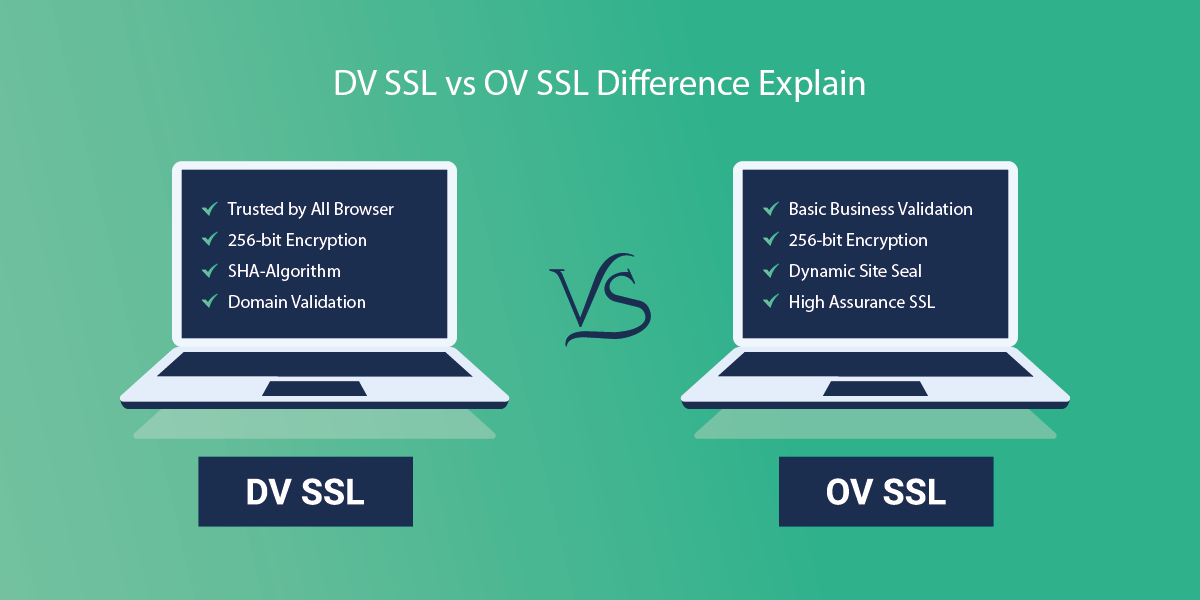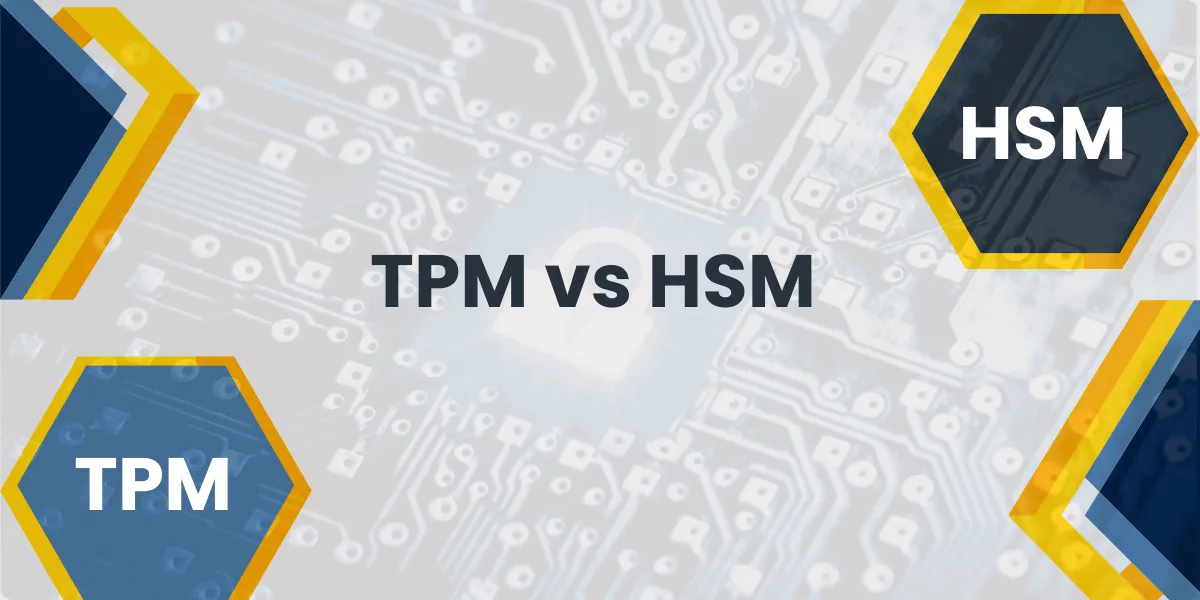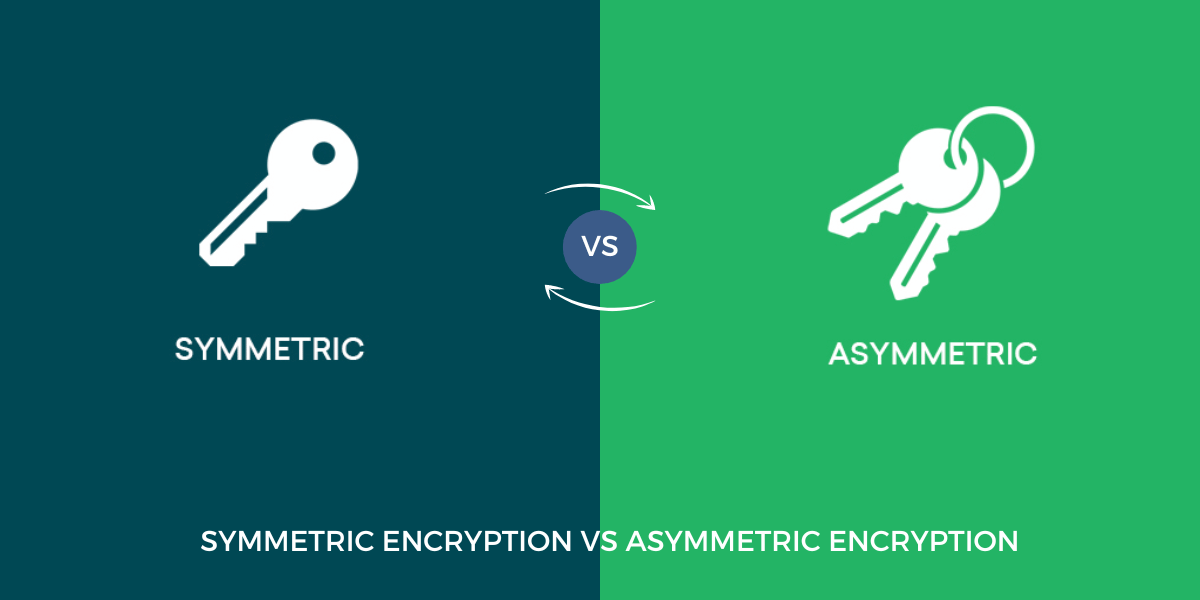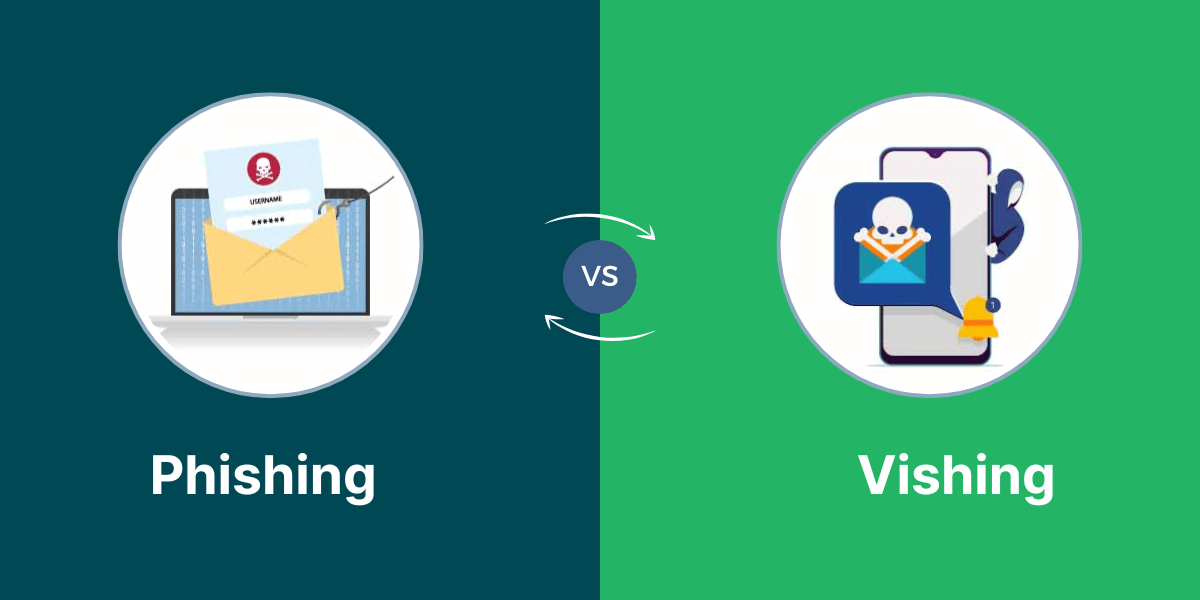What’s the Difference Between DV SSL vs OV SSL Certificates?
SSL (Secure Sockets Layer) certificates are used to secure websites and establish trust between a website and visitors. There are different types of SSL certificates that provide varying levels of validation and security. DV (Domain Validated) and OV (Organization Validated) SSL certificates are two common options websites use. This article will explain the key differences between DV SSL vs OV SSL certificates to help you determine which is better for your needs.
Head-to-Head Comparison Between DV SSL vs OV SSL
| Feature | DV SSL | OV SSL |
|---|---|---|
| Validation Level | Domain validated only | Organization identity validated |
| Cost | $10 – $50 per year typically | $80 – $250 per year typically |
| Issuance Speed | Automated, so minutes to hours | Manual verification, so 1-3 days |
| Visible Details | No organization details shown | Shows organization name, location, etc. |
| Trust Level | Standard domain validated trust | Enhanced business verified trust |
| Use Cases | Personal sites, blogs, small business sites | Official company and ecommerce websites |
| Browser Compatibility | Trusted by all major browsers | Equal browser trust to DV |
| Encryption Standard | 2048-bit encryption typically | 2048-bit or higher encryption |
| Maximum Validity Period | Typically, 1-2 years | Typically, 2+ years |
| Wildcard Support | Yes, wildcards commonly available | Sometimes not available or limited |
| Organization Information | No vetting required | Extensive organization vetting |
| Legal Compliance | Meets baseline compliance only | Meets stricter industry compliance standards |
| Domains Per Certificate | Typically, secure multiple domains | Often only single domain allowed |
| Ranking Boost Potential | Minimal if any SEO boost | Some SEO ranking boost possible |
| Upgrade Options | Can upgrade to OV when renewing | Can upgrade to EV SSL for maximum trust |
Overview of DV SSL Certificate
A DV SSL (Domain Validated SSL) certificate validates that the person applying for the cert owns or controls the domain name that will be secured by the certificate. With a DV cert, no other identity information is validated.
The domain validation process for a DV certificate involves the CA (Certificate Authority) sending an email to the WHOIS contact info or administrator email for the domain and having them click a validation link or reply to confirm control of the domain.
Once domain control is validated, the DV certificate can be issued and used to enable HTTPS and activate the padlock and SSL indicators in browsers.
Overview of OV SSL Certificate
An OV SSL (Organization Validated SSL) certificates provide a high level of authentication by requiring verification of the identity of the business or legal entity applying for the certificate.
With an OV certificate, the CA will validate the organization name, physical address, jurisdiction/country, and right to use the domain name. This information is checked against official corporate records and trustworthy data sources.
Once the organization’s identity is validated, the OV certificate is issued with the organization’s details shown on the cert. This establishes trust that a real company is securing their site.
Key Differences Between DV and OV Certificates
Now that we’ve explained what DV and OV certificates are, let’s compare the two options across some key factors:
Validation Level
- DV – Only validates control/ownership of the domain name. No business identity confirmation.
- OV – Validates legal entity, address, and formal right to use the domain. Confirms organization identity.
Cost
- DV – Typically $10 – $50 per year for a single domain certificate.
- OV – Usually $80 – $250 per year for a single domain. More expensive due to extensive vetting.
Issuance Speed
- DV – Automated validation results in near-instant issuance in minutes or hours.
- OV – Manual verification of corporate records takes 1-3 days on average.
Visible Details
- DV – No organization details visible to visitors. Anonymous identity.
- OV – Organization name, location, jurisdiction displayed prominently to visitors.
Trust Level
- DV – Domain validated so offers standard baseline SSL trust.
- OV – Business vetting establishes higher trust and legitimacy. Reassures visitors.
Use Cases
- DV – Ideal for personal sites, blogs, small business sites where cost is a concern.
- OV – Recommended for official company websites that need to convey credibility and trust.
Browser Compatibility
- DV – Trusted by all major desktop and mobile browsers. Full compatibility.
- OV – Equally trusted by all browsers like DV certificates. No issues.
Encryption Level
- DV – Uses minimum 2048-bit encryption that meets industry standards for security.
- OV – Typically uses 2048-bit or higher encryption strength for optimal security.
Limitations
- DV – Some restrictions on validity period. Typically, 1-2 years maximum.
- OV – Higher costs means fewer domains per cert. Wildcards are usually not allowed.
Reasons to Choose a DV SSL Certificate
Here are some of the main reasons an organization or individual may prefer a DV SSL certificate:
- Lower Cost: The main appeal of DV is affordable pricing, usually $10: $50 per year. This makes SSL security accessible to individuals and groups with limited budgets.
- Fast Issuance: DV validation is automated and takes just minutes in most cases. This allows fast deployment and immediate protection.
- Simplify Encryption: DV offers basic 2048-bit encryption to enable HTTPS. It’s hassle-free SSL security.
- Validate Domain Ownership: For sites where all you need is confirmation of domain control, DV delivers.
- Personal or Informal Use: For securing personal sites, blogs, or informal projects, DV has you covered.
- Add SSL Layer Easily: DV makes it easy for site owners to add the protections of SSL on top of an HTTP site.
- Test New Domains: DV allows you to safely test securing new domains or development sites with SSL.
- Wildcard Capabilities: DV certificates can include wildcard support for securing unlimited subdomains.
- Shorter Validity Periods: DV certificates typically max out at 1–2-year terms. This provides more flexibility for shorter-term needs.
If your priority is getting affordable, entry-level domain-validated SSL protection with fast issuance, then a DV certificate is likely the best fit.
Reasons to Choose an OV SSL Certificate
Here are some of the top reasons to choose an OV SSL certificate:
- Verify Organization Identity: OV validates the legal entity behind the domain along with address and jurisdiction. This establishes legitimacy.
- Display Organization Details: OV certificates clearly display your organization details like name and location, establishing trust.
- Stronger Assurances: Identity vetting deters fraud and strengthens the assurances OV certificates provide.
- Convey Credibility: The verification process behind OV confirms you are an official, legitimate company.
- Ranking Boost Potential: Some studies show OV certificates may improve SEO rankings compared to DV.
- Industry Compliance: OV meets industry compliance standards that require business vetting.
- Extended Validation: Getting the green address bar EV display typically requires an OV certificate first.
- Reassure Visitors: OV details help visitors confirm they are on the legitimate site, not an imposter.
- Protect Reputation: Reduced phishing potential with OV certificates helps protect your brand reputation online.
If confirming your official company identity is important along with establishing stronger trust and confidence from visitors, OV is likely the better certificate type to meet your needs.
When to Use DV or OV Certificates
So when should you use a DV SSL or OV certificate for securing your website? Here are some general guidelines:
Use DV SSL For:
- Personal websites or blogs
- Small business websites
- Non-profit and club sites
- Temporary sites
- Test/development sites
- Internal facing applications
- Sites prioritizing low cost
Use OV SSL For:
- Official company websites
- Customer-facing web applications
- Financial or medical related sites
- Large enterprise sites
- Sites subject to industry compliance
- Sites prioritizing maximum trust
Keep in mind these recommendations on when to use DV or OV certificates are not rigid rules. There can be use cases where OV makes sense for smaller sites or DV offers enough protection for business sites. Evaluate your specific needs and priorities to determine if a DV or OV SSL certificate is the right choice.
Can You Convert DV to OV?
A common question that arises is whether you can convert an existing DV SSL certificate to an OV certificate. Unfortunately, you cannot directly convert or “upgrade” a DV to OV certificate.
The validation processes are completely different. DVs rely on automated domain validation while OVs require extensive manual verification of the organization’s identity and legal business records.
However, there are a couple options to effectively switch from DV to OV:
1. Request a new OV certificate to replace the DV
The most straightforward path is to simply request a brand new OV certificate to replace your existing DV certificate. The CA will conduct the necessary organization vetting and then issue your new OV certificate.
Once you install the new OV certificate on your web server, it will replace and supersede your old DV certificate. This will allow a seamless transition from DV to OV without any downtime or interruption.
Just be sure to request your new OV certificate at least 1-2 weeks before your current DV cert expires. This ensures adequate time for the new OV validation and issuance process.
2. Renew as OV when DV certificate expires
Another option is to renew your existing DV certificate as an OV certificate when it reaches expiration. This effectively upgrades it from DV to OV status upon renewal.
Around 1 month before your current DV certificate expires, you can submit the renewal request but specify you want to renew it as an OV certificate instead.
The CA will then conduct the organization validation checks before issuing the renewed certificate with OV status. You get a newly issued OV certificate without needing to install and replace your existing DV cert.
So, while you can’t instantly convert a DV to OV certificate, you do have options like requesting a new OV cert to replace it or renewing as OV when the DV expires. This allows you to upgrade to the higher trust and verification levels of an OV certificate.
Conclusion on DV SSL vs OV SSL Certificates
DV and OV SSL certificates both offer the encryption capabilities required for HTTPS and SSL security on websites. But OV certificates take verification a big step further by validating the legal business identity behind the domain. This results in enhanced visitor trust and confidence.
For individuals and informal sites where cost is the priority, DV certificates provide an affordable and fast option. If you simply need domain control validation and baseline encryption, DV does the job.
For official company websites that want to convey legitimacy, meet compliance requirements, and reassure customers, OV certificates are worth the additional investment. Taking the time to get your full organization identity validated establishes your business credibility online.
Carefully evaluating your needs in terms of budget, validation requirements, and trust priorities will help determine if a DV or OV certificate is the right choice when shopping for SSL protection.
FAQs on DV SSL vs OV SSL
Here are answers to some frequently asked questions about DV and OV SSL certificates:
Are DV certificates secure?
Yes, DV certificates use standard 2048-bit encryption that is trusted by all browsers. They provide the baseline SSL/TLS security you need to encrypt connections and data.
Do OV certificates affect SEO?
Some studies have shown improved SEO and rankings with OV certificates compared to DVs. This may be partly due to the enhanced trust signals that OVs provide. But many other factors also determine search rankings.
Is an OV certificate worth the extra cost?
It depends on your needs. For many small sites, a low-cost DV cert is sufficient. But for official company sites that handle sensitive transactions, an OV cert could be worth the investment.
What’s the difference between OV and EV certificates?
Both OV and EV validate the organization’s identity. But EV displays the green address bar and provides the highest level of visual trust indicators in browsers. OV is a prerequisite first step for EV.
Can wildcard certificates be DV or OV?
Yes, you can purchase wildcard certificates with either DV or OV validation. The wildcard will secure the root domain and unlimited subdomains.
Do DV/OV certificates work on all browsers?
Yes, DV and OV certificates from major CAs will work seamlessly on all modern desktop and mobile browsers without issues.
How long does it take to issue DV vs OV certificates?
DV issuance typically takes minutes up to a few hours for full automation. OV issuance averages 1-3 days due to the manual identity checks required.
Can I use a DV cert for my company website?
You can technically use a DV certificate for your company site. But OV is recommended for full identity validation, trust, and compliance for official business websites.
This covers some key questions related to DV and OV certificates. Be sure to check with your certificate provider if you have additional questions.



